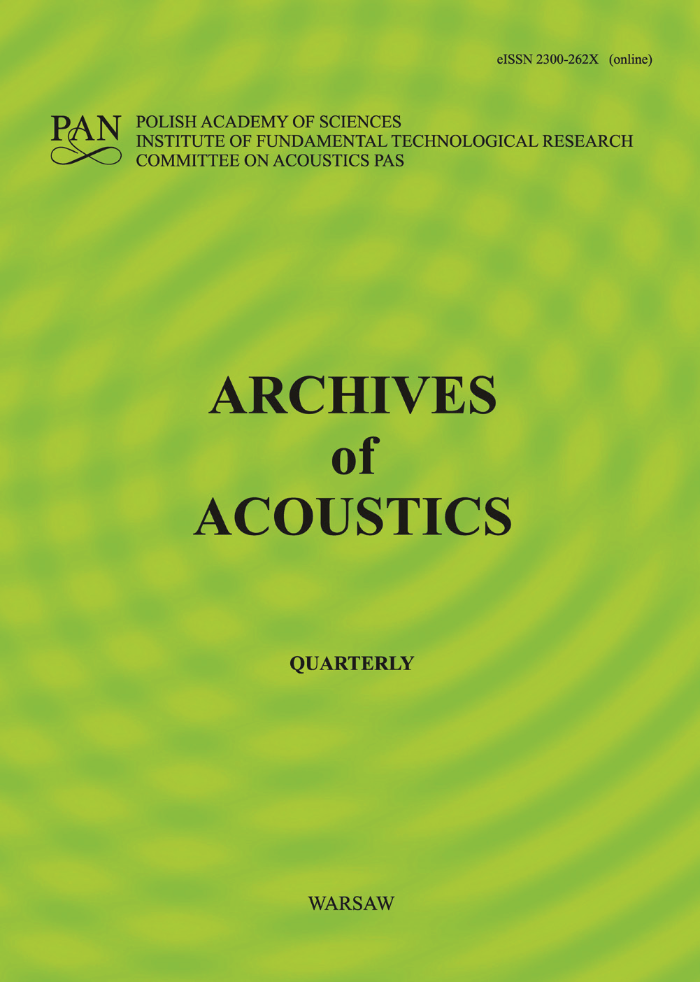Abstract
This paper presents results of measurements of propagation velocity and attenuation coefficient of an acoustic wave, and phonon-phonon coupling constant in pure GaP crystals and with impurities. Measurements were carried out with the utilization of Bragg type diffraction of laser light on an acoustic wave in frequency range from 0.2 to 1.5 GHz. The elastic constants versus impurity concentration dependence was determined from measurements of propagation velocity of an acoustic wave. It was found that the c_11 constant changes most of all, while the c_12 and c_44 change less. c_11 and c_44 constants decrease with the increase of impurity concentration and the c_12 constant increases slightly. Assuming, that intervalley electron transitions are the main cause for changes of the elastic constants the deformation potential constant was calculated. From investigations of the relationship between the attenuation coefficient and impurity concentration it was stated that attenuation in crystals with impurities exceeds attenuation in pure crystals and that the difference increases with frequency. The relaxation time, which is characteristic for intervalley electron transitions, was determined on the basis of measurements of the attenuation coefficient. The influence of impurities on the phonon-phonon coupling constant was not stated.References
[1] D. Mc MACHEN, IEEE Trans. Sonics Ultrasonics, SU-14, 103 (1967).
[2] W. W. LEMANOW, G. A. SMOLEŃSKI, Ak. Zurnal, 20, 426 (1974).
[3] W. W. LEMANOW, N. K. JUSZIN, FTT, 13, 3070 (1973).
[4] 1. M. CYDLIKOWSKI, Electrons and holes in semiconductors, (in Polish), PWN, Warszawa 1976.
[5] W. P. MASON, Physical acoustics, IV a Academic Press 1966.
[6] L. OPILSKA, A. KLIMASEK, J. ZABAWA, Effect of electron gas on elastic constants of n-type silicon, (in Polish), Akustyka molekularna i kwantowa, 4, 33-48 (1983).
[2] W. W. LEMANOW, G. A. SMOLEŃSKI, Ak. Zurnal, 20, 426 (1974).
[3] W. W. LEMANOW, N. K. JUSZIN, FTT, 13, 3070 (1973).
[4] 1. M. CYDLIKOWSKI, Electrons and holes in semiconductors, (in Polish), PWN, Warszawa 1976.
[5] W. P. MASON, Physical acoustics, IV a Academic Press 1966.
[6] L. OPILSKA, A. KLIMASEK, J. ZABAWA, Effect of electron gas on elastic constants of n-type silicon, (in Polish), Akustyka molekularna i kwantowa, 4, 33-48 (1983).


